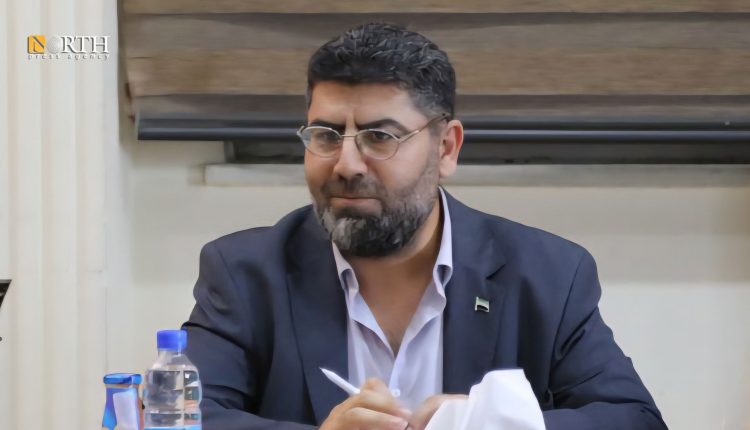Nearly 8,000 schools damaged across Syria – Senior official
DAMASCUS, Syria (North Press) – A senior official at the Syrian Ministry of Education said on Thursday that approximately 8,000 schools across the country have been damaged or destroyed due to years of conflict—half of them completely, and the rest partially.
Muhammad Saed Qaddour, told North Press that 7,400 of these schools are currently out of service. Of these, 102 have been fully rehabilitated, while restoration work is underway on an additional 345 schools.
He added that needs assessments have been conducted for 2,540 schools to determine the scope of required reconstruction and repairs.
The Education Ministry has adopted several strategies to address the crisis, including a public-private partnership model. Under this initiative, certain destroyed schools are granted to private investors for reconstruction. In return, these schools will operate for a period under private management while reserving a percentage of student placements free of charge.
Qaddour also highlighted efforts involving donor organizations, charitable institutions, and direct ministry intervention to rebuild schools, especially in underserved areas. A dedicated platform has been launched to facilitate contributions toward partial school repairs.
On improving teachers’ professional and financial conditions, Qaddour said measures include salary increases, activating the Social Solidarity Fund, encouraging private sector investment in education, and offering training courses tailored to teachers’ specialties.
He further stated that computer literacy and artificial intelligence training programs are being introduced, along with enhanced digital platforms for teachers. A teacher achievement file is also being launched to document participation in activities and professional development.
Qaddour acknowledged issues within the education system, particularly “administrative inefficiency and lack of accountability.”
To combat student dropout rates, the ministry plans to digitize student records and assign unique codes to track attendance and academic movement. Integration with the civil registry will help identify children not enrolled in school. Additional measures include launching accelerated education programs, supporting students returning from dropout, and creating alternative educational pathways to encourage continued learning.

